Microbore & Multilumen Extrusion
FEATURES

- Microbore & Multilumen Extrusion
Advantage:High precision: Micro-hole and multi-cavity extrusion can achieve high-precision processing of pipes, ensuring that the size and shape of the pipes meet the requirements.Versatility: Through micropore and multi-cavity extrusion, various special functions can be realized in the pipe, such as gas permeability, liquid filtration, drug delivery, etc.Save material: Microporous and multi-cavity extrusion can maximize the use of materials and reduce waste during the pipe manufacturing process.Biocompatibility: Microporous and multi-cavity extrusion can use materials that meet the requirements of the medical industry to ensure that the tubes have good biocompatibility.Application scenarios:Catheters: Micropore and multi-lumen extrusion can produce catheters with special functions, such as vascular catheters, urinary catheters, etc.Infusion tubes: Microporous and multi-cavity extrusion can manufacture infusion tubes with high precision and durability, ensuring safe and effective liquid delivery.Hemodialysis tubes: Microporous and multi-cavity extrusion can produce hemodialysis tubes with filtration function, which can be used to treat diseases such as renal insufficiency.Respiratory equipment: Through micropore extrusion, respiratory equipment with gas permeability can be manufactured, such as oxygen tubes, breathing masks, etc.Drug delivery tube: Through multi-cavity extrusion, tubes with drug delivery function can be manufactured for applications such as drug infusion.In short, microporous and multi-cavity extrusion have a wide range of application scenarios in medical tube manufacturing and can meet the medical industry’s requirements for high precision, multi-function and biocompatibility of tubes.
- Thin-Wall & Microbore Tubing
Our Ansix® Sub-Ultra-Thin-Wall Tubing offers tight tolerances with walls as thin as 0.0005" (0.0127 mm).
Size selection for medical thin-wall and micro-diameter tubing needs to be considered based on specific application needs and requirements. Here are some common factors and considerations:
Purpose and function: First, the specific purpose and required functions of the pipe need to be determined. Different medical applications may require different tubing sizes. For example, infusion tubing may require a larger inner diameter and thinner wall thickness, while a minimally invasive surgical catheter may require a smaller diameter and softer materials.
Fluid Requirements: Consider the type of fluid the pipe is intended to transport and the flow requirements. Factors such as the fluid’s viscosity, pressure, and flow rate will affect pipe size selection. A larger inner diameter can increase fluid delivery speed and efficiency, while a smaller inner diameter can reduce fluid waste and contamination.
Operational requirements: Consider the actual operational requirements of the pipe. For example, if you need to operate in narrow passages or organs, you may need to choose smaller diameter and softer tubing. If precise injection or drug delivery is required, a smaller inner diameter and tighter tolerances may be selected.
Material selection: The material of the pipe will also affect the selection of size specifications. Different materials have different physical and chemical properties and may have certain limitations on size specifications. For example, some materials may be better suited for making thinner walled pipe, while some materials may be better suited for making larger diameter pipe.
Standards and specifications: Depending on the standards and specifications of your region or country, there may be some common pipe size specifications. You can refer to relevant standards and specifications to choose the size specifications that meet the requirements.
In summary, the selection of size specifications for medical thin-walled and micro-diameter pipes requires comprehensive consideration of factors such as use, fluid requirements, operating requirements, material selection, and relevant standards and specifications. The final choice should be determined based on specific application needs and requirements.
Capabilities
Thin-walled tubing and micro-diameter tubing have a variety of functions and applications in the medical field, including but not limited to the following:
Infusion and blood transfusion: Thin-walled and micro-diameter tubing are often used in the process of infusion and blood transfusion. Their smaller inner diameter can reduce the resistance to liquid flow and improve the speed and efficiency of infusion.
Drug delivery: Thin-walled and micro-diameter tubing can be used in drug delivery systems, such as drug pumps, syringes, etc. Its inner diameter is small and can accurately control the delivery volume and speed of the drug to achieve precise drug delivery.
Detection and diagnosis: Thin-walled and micro-diameter pipes can be used in medical testing and diagnosis fields, such as blood analysis, biological sample collection, etc. Its inner diameter is small and can be used to collect trace samples and perform precise analysis and diagnosis.
Endoscopes and catheters: Thin-walled and micro-diameter pipes can be used in the manufacture of endoscopes and catheters for medical imaging examinations, surgical operations, etc. Its thin-walled structure and softness make it easier to pass through narrow passages and organs, enabling precise manipulation and observation.
Tissue engineering: Thin-walled and micro-diameter tubing can be used in the field of tissue engineering, such as the manufacture of artificial blood vessels, artificial organs, etc. Its inner diameter and wall thickness can be adjusted as needed to meet the needs of different tissues and organs.
In short, thin-walled and micro-diameter tubing has a variety of functions and applications in the medical field. It can be used in infusion, drug delivery, detection and diagnosis, endoscopic catheters and tissue engineering, etc., providing the medical industry with more accurate, efficient and safe s solution.
Complex geometries
Up to 20 lumens
3- to 5-day lead time (single lumen)
7- to 10-day lead time (multilumen)
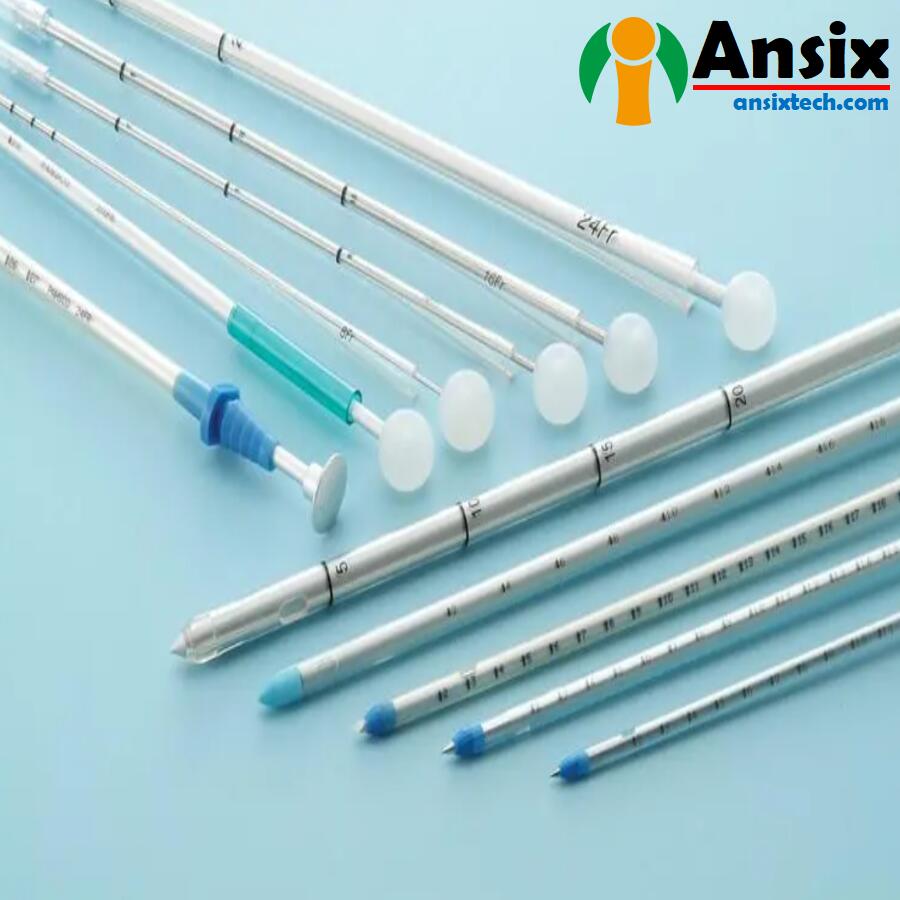
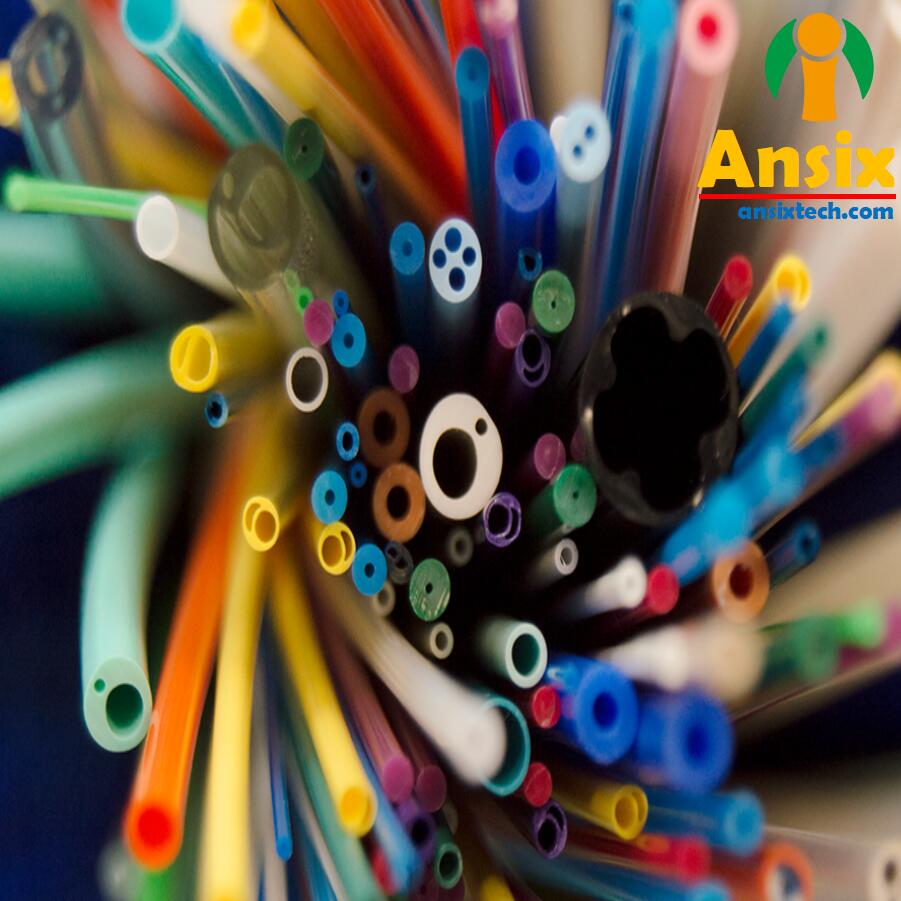
-
Medical Single & Multilumen Tubing
The application materials and quality control of medical single-lumen and multi-lumen tubing are key factors to ensure the safety and reliability of the tubing. The following are some important considerations regarding applied materials and quality control:Application material selection:Biocompatibility: Applied materials must have good biocompatibility to ensure that they will not cause adverse reactions when in contact with human tissues and body fluids.Medical-grade materials: Medical-grade materials that comply with relevant standards for medical devices should be selected, such as polymer or metal materials that comply with relevant standards such as ISO 10993.Physical and chemical properties: Application materials need to have the required physical and chemical properties, such as chemical corrosion resistance, high temperature resistance, mechanical strength, etc.Quality control:Raw material control: Strict selection and control of raw materials for application materials to ensure they comply with relevant standards and specifications.Manufacturing process control: Strictly control manufacturing process parameters, such as temperature, pressure, speed, etc., to ensure that the size, shape and physical properties of the pipe meet the requirements.Inspection and testing: Carry out necessary inspection and testing, such as dimensional measurements, physical property testing, biocompatibility testing, etc., to verify the quality and performance of the pipe.Recording and traceability: Establish a complete quality record and traceability system to ensure that the quality of pipes is traceable and controllable.In addition, it is also necessary to comply with relevant regulations and standards, such as ISO 13485 quality management system and medical device-related regulatory requirements, to ensure that the quality and performance of the pipe meet the requirements of medical devices.In summary, the application materials and quality control of medical single-lumen and multi-lumen tubes need to comprehensively consider factors such as biocompatibility, medical-grade materials, physical and chemical properties, and carry out strict raw material control, manufacturing process control, testing and Measures such as testing, recording and traceability to ensure that the quality and performance of tubing meet the requirements of medical devices.Materials:Standard materials including Pebax®, nylon, polyurethane and other thermoplastic elastomersEngineered materials including PEEK, additives and fillers for improved strength, lubricity, and radiopacityDimensionsSingle-Lumen TubingOD range: 0.010” (0.254 mm) min; 0.50” (12.7 mm) maxWall thickness: 0.0005" (0.0127 mm) min; 0.170” (4.318 mm) maxTolerances may vary depending on durometer, material, and size of extrusionMultilumen TubingTypical size ranges from 1 Fr–28 FrAnsix® Sub-Ultra-Thin-Wall Tubing features walls as thin as 0.0005" (0.0127 mm)Up to 20 lumens depending on durometer, material, and size of extrusion.
-
AnsixTech Lubricious / Low Friction Tubing Solutions
Lubricated/low friction pipe solutions can be achieved in several ways:Material selection: Choose materials with low friction properties as the lining or outer layer of the pipe. For example, polytetrafluoroethylene (PTFE) is a commonly used material with low friction properties that can be used as the lining of pipes to reduce frictional resistance.Surface treatment: Special surface treatment is performed on the inner wall of the pipeline to reduce frictional resistance. For example, friction between the inner wall of the pipe and the fluid can be reduced by polishing, coating, or spraying a special lubricant or coating.Use of lubricant: Introduce appropriate lubricant inside the pipeline to reduce frictional resistance. Lubricants can be in liquid or solid form, and the appropriate lubricant is selected based on the specific application needs.Pipeline design optimization: By optimizing the design of the pipeline, such as reducing the bending radius, reducing the friction area of the pipeline, etc., the friction resistance can be reduced.Control the fluid speed and pressure: Properly control the fluid speed and pressure to reduce the frictional resistance of the fluid in the pipeline. Excessive speed and pressure will increase frictional resistance, so reasonable control is required based on specific application requirements.The selection of lubricated/low friction piping solutions should be based on specific application needs and requirements, taking into account factors such as material selection, surface treatment, lubricant usage, piping design optimization, and control of fluid velocity and pressure. At the same time, relevant regulations and standards also need to be complied with to ensure the safety and reliability of pipelines.Lubricious surfaces are a critical feature of every minimally invasive device. Low friction lumens allow devices to readily access tortuous anatomy and tight spaces with a minimum of force. 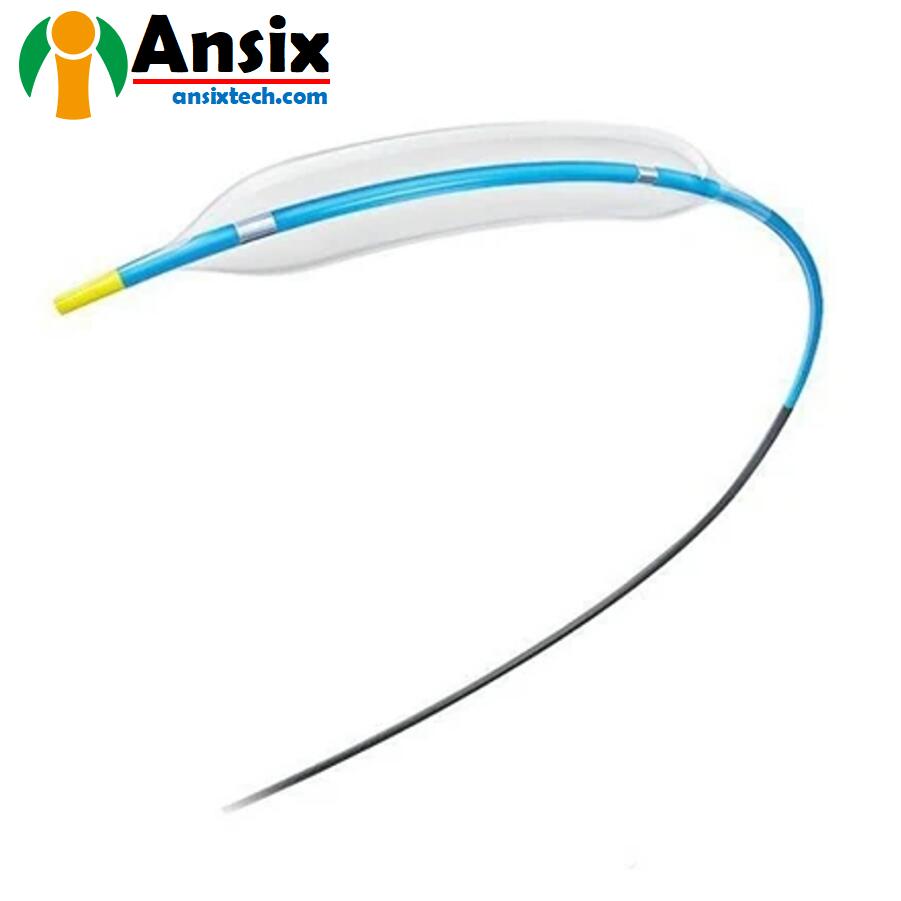
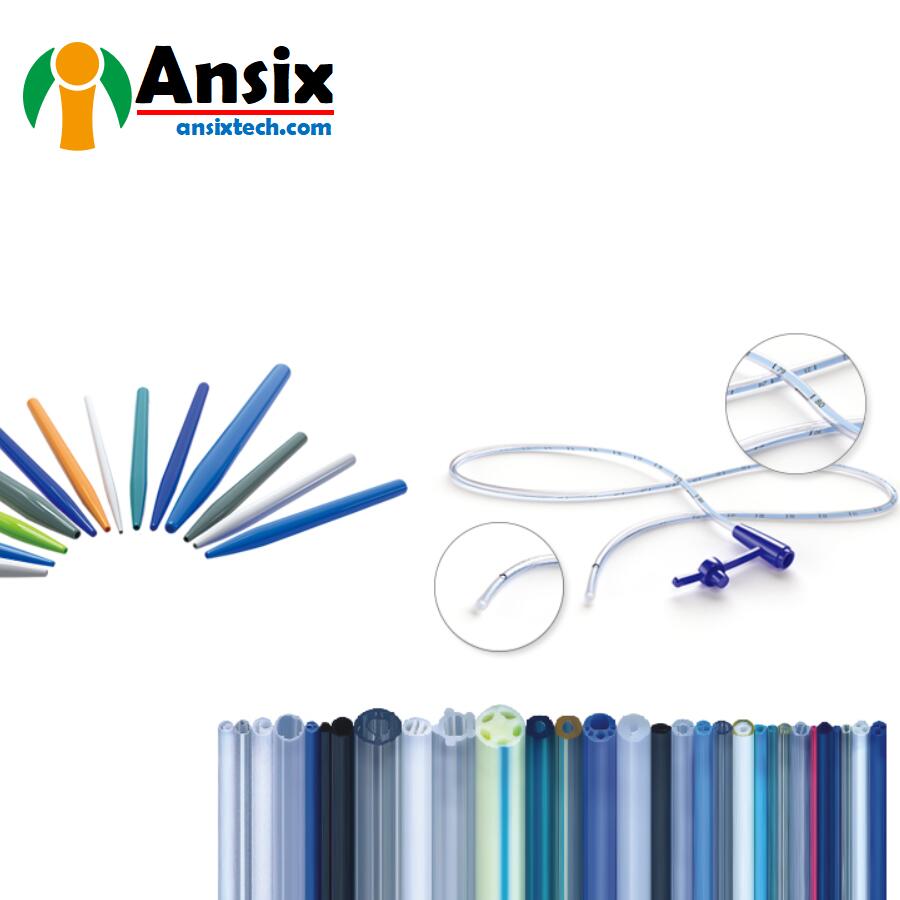
-
Co-, Tri-, and Multilayer Extrusion for AnsixTech Medical
AnsixTech has the following capabilities in co-, triple- and multi-layer extruded tubing:Design and engineering support: AnsixTech has a professional design and engineering team that is able to work with customers to provide design and engineering support for extruded tubes based on their needs and requirements. From material selection to structural design, AnsixTech can provide professional advice and technical support.Material selection and formula development: AnsixTech has extensive material knowledge and experience and is able to select appropriate materials and perform formula development according to customer needs. Whether it is co-, three- or multi-layer extruded tubes, AnsixTech can provide the material formulation to meet the requirements.Extrusion process and equipment: AnsixTech has advanced extrusion equipment and technology and can adjust the extrusion process parameters according to different extrusion pipe requirements to ensure the quality and performance of the pipe. Whether it is a co-layer, three-layer or multi-layer extrusion tube, AnsixTech can provide an efficient and stable extrusion process.Quality control: AnsixTech focuses on quality control and complies with the ISO 9001 quality management system and related standards and regulatory requirements. From raw material procurement to production process control, AnsixTech strictly controls every link to ensure that the quality and performance of extruded tubes meet customer requirements.Customized solutions: AnsixTech can provide customized co-layer, three-layer and multi-layer extruded tube solutions according to the specific needs and requirements of customers. Whether it is size, material, structure or functional requirements, AnsixTech can respond flexibly to meet customers’ individual needs.AnsixTech has the capabilities of design, engineering support, material selection and formula development, extrusion process and equipment, quality control and customized solutions in co-layer, three-layer and multi-layer extrusion tubes. Through a professional team and advanced technology, AnsixTech is able to provide high-quality, reliable extruded tube products and solutions.With decades of experience, our extrusion capabilities include coextruded and tri-layer extruded tubing, aligning materials with different performance properties into a single solution.CapabilitiesMultilayer materialsWire encapsulationCoiled tubingContinuous reinforced tubingParatubingSolvent and UV bondingStriped tubingTapered tubing/bumped tubing● Features:A variety of materials are available for customers to choose from (PVC, TPU, TPE, PE, PP, FEP, PEBAX, PA, POM, ETFE, PFA)The conduit size is precise, the flow rate is stable and reliable, and the consistency is strongDiversified product models (single cavity, double cavity, multi-cavity, double row, three row, two-color tube, braided tube, micro flow tube, heterosexual tube, thin wall tube, solid rod, co-extruded tube, microporous tube, etc. )With additional functions: full development, development lineSpecification range:Outside diameter Inside diameter Tolerance Length0.5mm-20mmm 0.05mm-18mm ±0.025mm can be customizedCan provide value-added services (printing, punching, welding, balloon customization, tip molding, product assembly)
- Medical Core Mandrel (Solid Rod Extrusion)
Medical mandrels (solid rod extrusions) are typically made from medical-grade plastic materials such as polypropylene (PP) or polyethylene (PE). These materials have good chemical resistance, high temperature resistance and wear resistance, while also meeting the hygienic requirements of medical devices.The capabilities of medical mandrels mainly include the following aspects:Extrusion ability: Medical mandrels need to have sufficient strength and stiffness to withstand the extrusion force and not be easily deformed or broken.Dimensional accuracy: Medical mandrels need to have high dimensional accuracy to ensure that they can accurately fit other medical devices or equipment.Surface smoothness: The surface of the medical mandrel needs to be smooth so that it can be easily operated by medical staff and will not cause damage to the patient’s tissue.Hygienic performance: Medical mandrels need to comply with the hygienic requirements of medical devices, such as non-toxic, sterile, etc.Cleanability: Medical mandrels need to be easy to clean and disinfect to ensure their hygienic performance over multiple uses.In short, the material and capabilities of the medical mandrel need to meet the hygienic requirements of medical devices and have sufficient strength, dimensional accuracy and surface smoothness to meet the operational needs of medical staff.Material OptionsPremium plain acetal mandrelPremium acetal blend with silicone surface mandrelAcetal or silicone acetal (small OD) with stainless steel wire reinforcingEconomy versionUsed as a manufacturing aid for braid- or coil-reinforced catheter tubing, our core mandrels feature extremely tight tolerances to maintain consistent diameter and roundness for catheter manufacturing, as well as a smooth surface for easy removal. 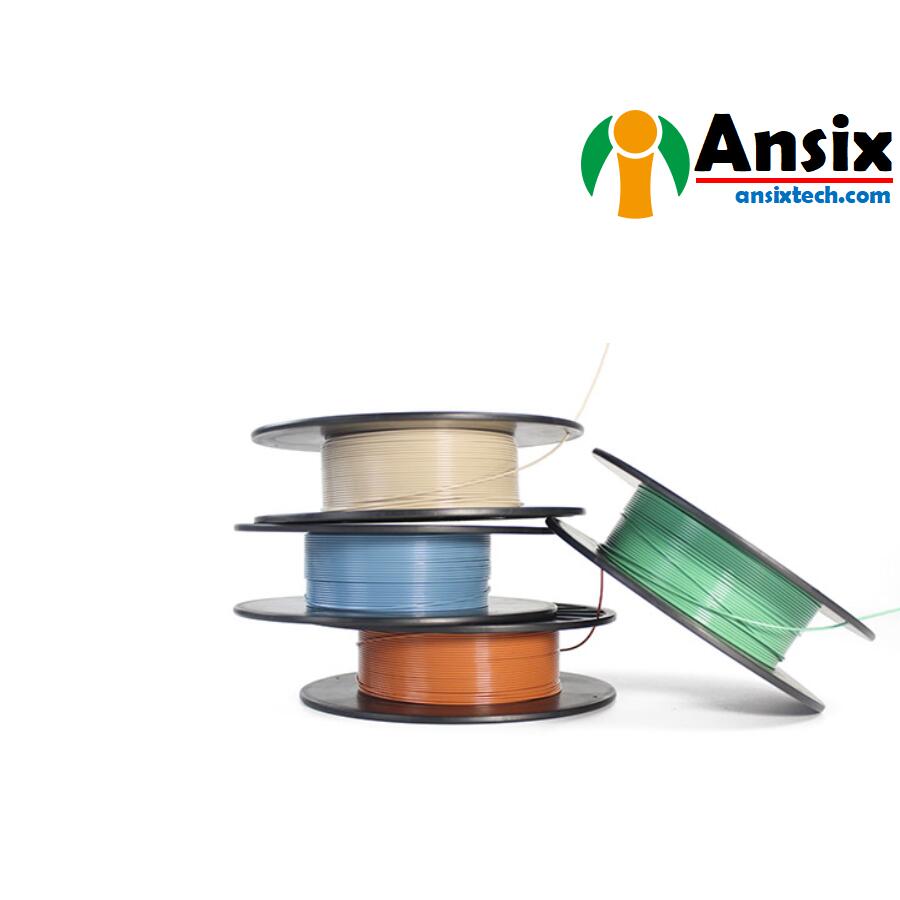

-
Extrusion Secondary Operations for Medical Tubing
Extrusion secondary processing refers to further processing and processing of the medical mandrel after it is extruded. These processes can be performed based on specific needs and applications. Here are some common extrusion secondary processing methods:Cutting: Cut the extruded medical mandrel to the required length to obtain the required size.Drilling: Drill holes in the medical mandrel to facilitate connection with other instruments or equipment, or for guiding guide wires and other operations.Polishing: Polish the surface of the medical mandrel to improve its surface smoothness and reduce friction and irritation.Spray coating: Spray coating on the surface of the medical mandrel to increase its antibacterial properties or change its appearance.Assembly: Assembling multiple medical mandrels together to form components of a composite instrument or device.Disinfection and packaging: Sterilize the medical mandrel after extrusion and secondary processing, and carry out appropriate packaging to ensure its hygienic performance.The specific methods and steps for extrusion secondary processing will vary based on different applications and needs. When performing secondary extrusion processing, attention needs to be paid to maintaining the hygienic performance and quality of the medical mandrel, and ensuring that the processing process complies with relevant medical device standards and requirements.Bonding.Solvents.UV adhesives.Radiofrequency welding.Ultrasonic welding.Pad printing.Heat forming/tube bending.Hole punching.Assembly (automated & manual).Packaging (sterile and nonsterile)
contact us
AnsixTech Medical serves you with medical injection molding solutions from design to tooling to material selection and manufacturing. Contact our specialized team and solve your problem now.
ISO 13485 Certified factory
ISO 8 Cleanroom
Robust Expertise for Medical Injection Molding
Advanced mold manufacturing capabilities and plastic injection molding equipment
Quick Response within 12 hours
- If you have any questions about products in the medical field, please send us a message(Email: info@ansixtech.com ) at any time and our team will reply to you within 12 hours.








